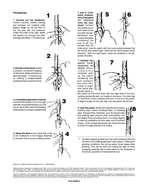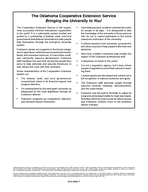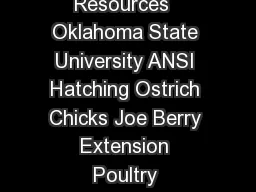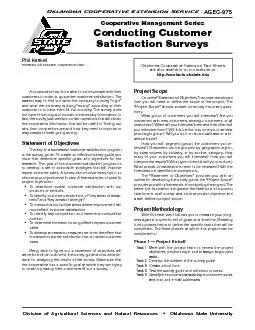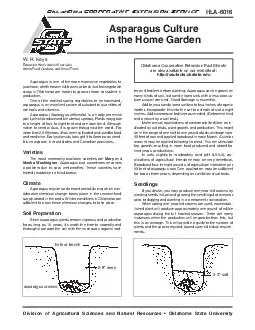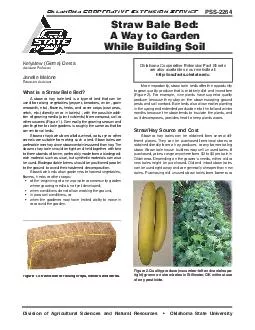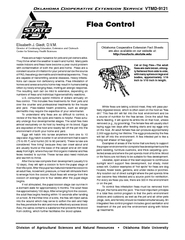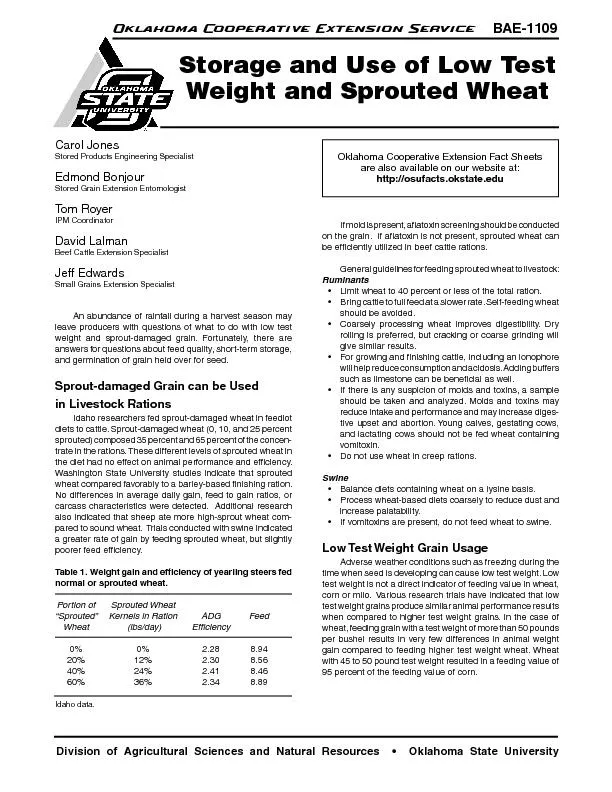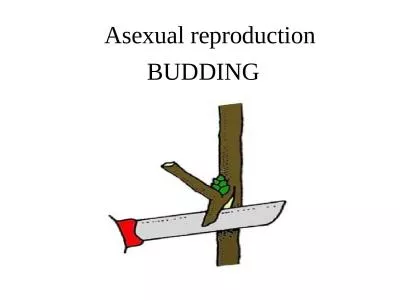PDF-Division of Agricultural Sciences and Natural Resources Oklahoma State University HLA
Author : lindy-dunigan | Published Date : 2015-02-27
Larger trees that have been cut back may also be patch budded by placing the bud on young vigorous sprouts forced into growth near the cut end of the limbs Trees
Presentation Embed Code
Download Presentation
Download Presentation The PPT/PDF document "Division of Agricultural Sciences and Na..." is the property of its rightful owner. Permission is granted to download and print the materials on this website for personal, non-commercial use only, and to display it on your personal computer provided you do not modify the materials and that you retain all copyright notices contained in the materials. By downloading content from our website, you accept the terms of this agreement.
Division of Agricultural Sciences and Natural Resources Oklahoma State University HLA: Transcript
Download Rules Of Document
"Division of Agricultural Sciences and Natural Resources Oklahoma State University HLA"The content belongs to its owner. You may download and print it for personal use, without modification, and keep all copyright notices. By downloading, you agree to these terms.
Related Documents

